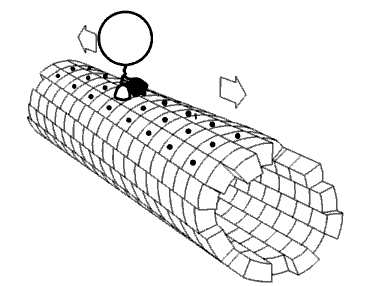
Photo from academic.microsoft.com
Abstract Motor skill acquisition utilizes a wide array of neural structures; however, few articles evaluate how the relative contributions of these structures shift over the course of learning. Recent evidence… Click to show full abstract
Abstract Motor skill acquisition utilizes a wide array of neural structures; however, few articles evaluate how the relative contributions of these structures shift over the course of learning. Recent evidence from rodents and songbirds suggests there is a transfer from cortical to subcortical structures following intense, repetitive training. Evidence from humans indicate that the reticulospinal system is modulated over the course of skill acquisition and may be a subcortical facilitator of learning. The objective of this study was to evaluate how reticulospinal contributions are modulated by task expertise. Reticulospinal contributions were assessed using StartReact (SR). We hypothesized that expert typists would show SR during an individuated, keystroke task but SR would be absent in novices. Expert (75.2 ± 9.8 WPM) and novice typists (41.6 ± 8.2 WPM) were evaluated during an individuated, keystroke movements. In experts, SR was present but was absent in novices. Together, these results suggest that experts use reticulospinal contributions more for movement than novices indicating that the reticular formation becomes increasingly important for movement execution in highly trained, skilled tasks even those that require individuated movement of the fingers.
Journal Title: Journal of Motor Behavior
Year Published: 2020
Link to full text (if available)
Share on Social Media: Sign Up to like & get
recommendations!